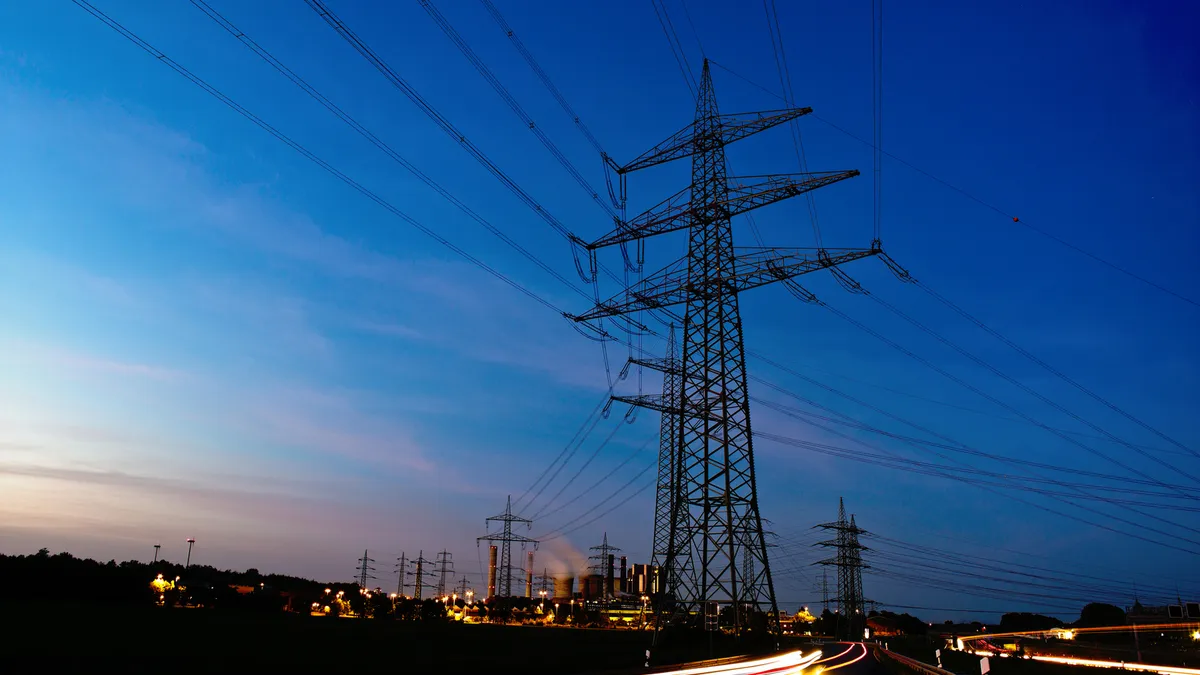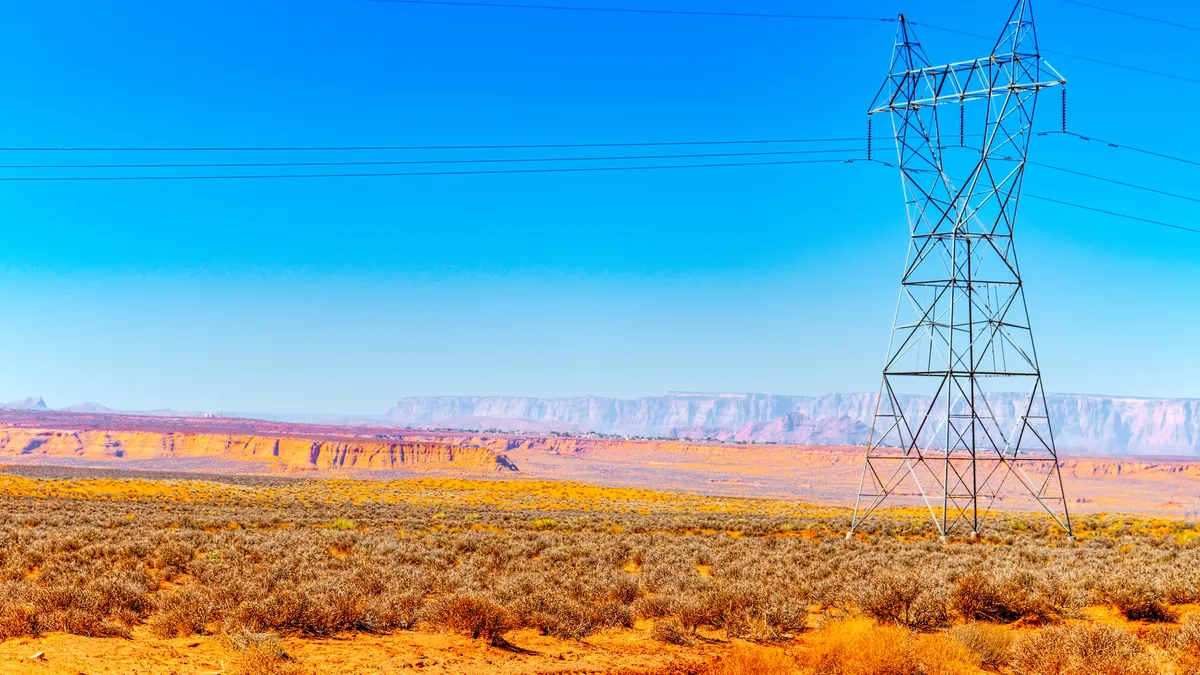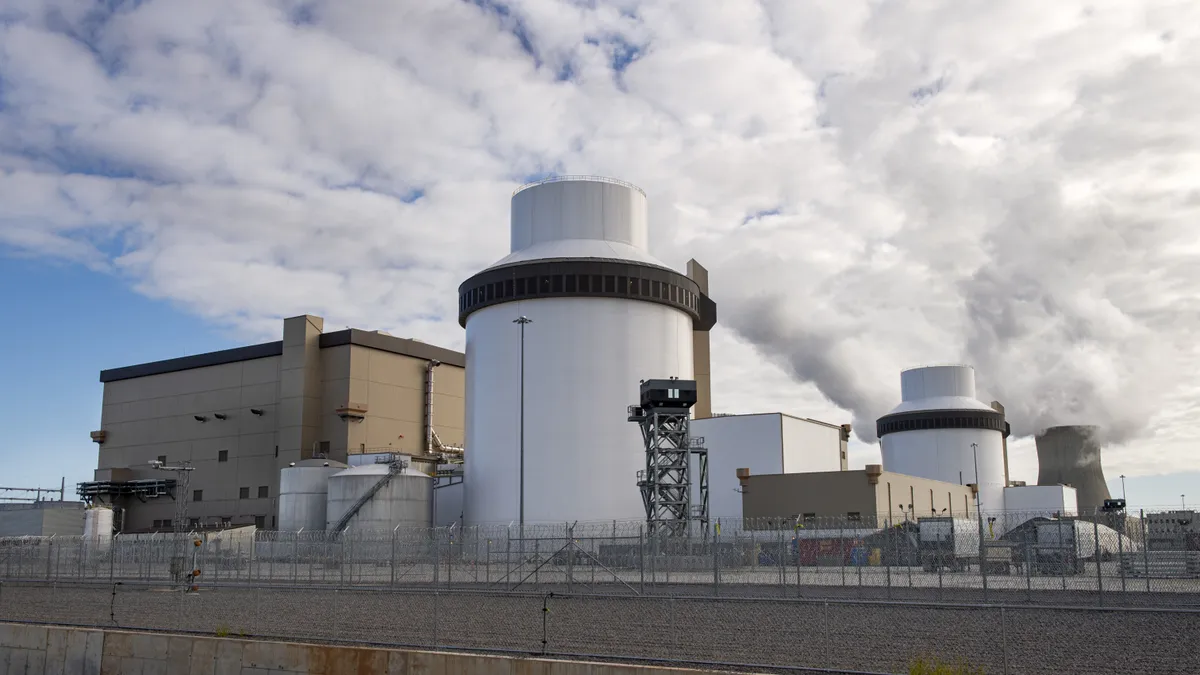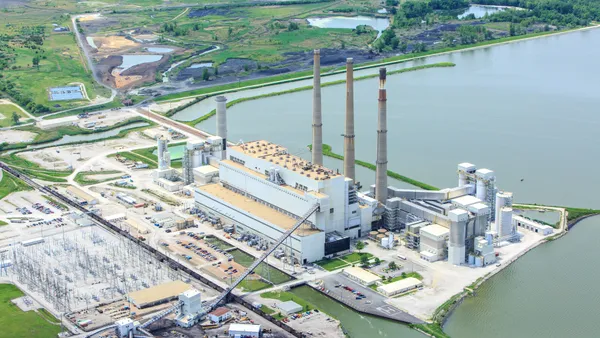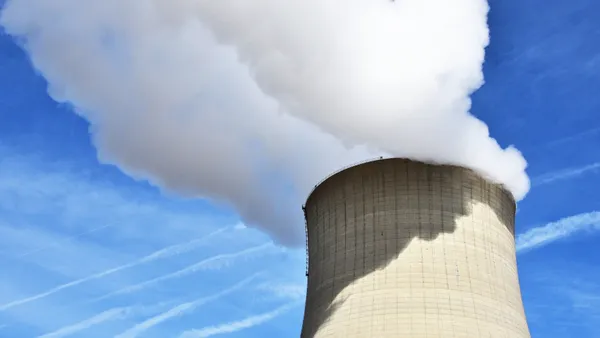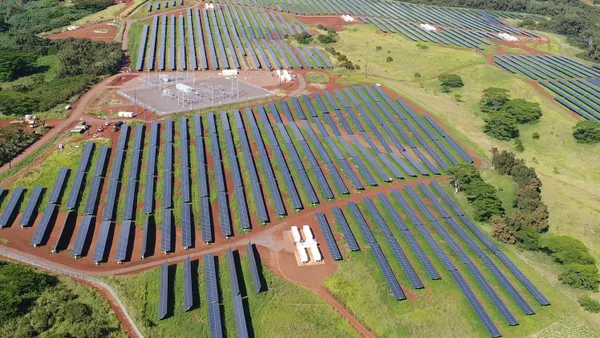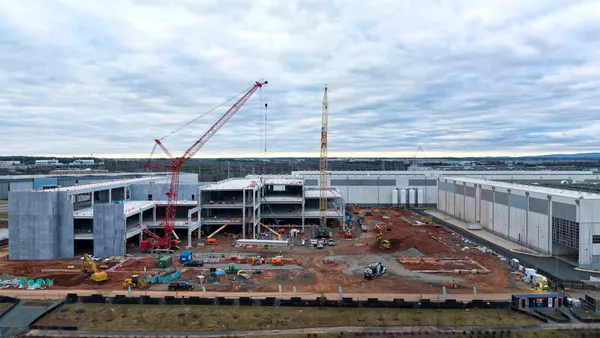Dive Brief:
- The United States used less energy in 2015 than in 2014, and it did so with less waste, according to Lawrence Livermore National Laboratory's annual examination of the country's demand, TreeHugger reports.
- LLNL estimated U.S. energy consumption in 2015 was 97.5 quadrillion BTU. For reference, 3,600 BTU is equivalent to about 1 kWh.
- The largest change from year to year was a 12% decline in coal, almost entirely attributable to the electric power sector, LLNL said.
Dive Insight:
"This year the chart doesn't look all that different than it did last year," A.J. Simon, group leader for LLNL’s energy program, says in the video produced to go alongside its annual energy survey. But there are two significant shifts, despite the overall gradual nature of the change, which falls in line with the recent energy landscape changes in the power sector.
Not only did the country consume less energy in 2015, but it wasted 1% less. "Rejected energy" dropped from 59.4 quadrillion BTU in 2014 down to 59.1 quads in 2015, which the lab said is tied to the increase in efficiency of the electricity production sector, such as large solar farms in the desert."
Natural gas use increased by 3% to 28.3 quads while coal use decreased by 12% to 15.7 quads – a shift almost entirely attributable to the power sector, "which continues to use more natural gas, in favor of coal,” Simon said. "In fact, much of the overall decrease in energy consumption can be traced to the shift from coal to gas, because modern gas-fired plants may use up to 46% less energy to produce the same amount of electricity.”
Renewable energy continues to grow, with use of wind energy up 5%, geothermal energy up 11% and residential solar energy up 11%. Utility-scale solar energy, which saw the completion of several major projects in recent years, was up 25%.
Residential natural gas consumption fell by 0.5 quads in 2015 due to a mild winter. Commercial and industrial uses of energy saw smaller decreases.
Most energy use goes to power generation (38 quads, down slightly from 2014), followed by transportation, industrial, residential and commercial.
Data shows the residential, commercial and industrial sectors all used less energy in 2015—except for petroleum use, which increased by 2%.
"Petroleum use continues to track with the nation's steady and modest economic growth – more people are driving for work and recreation, and more economic activity increases commercial and industrial shipments," LLNL said.



